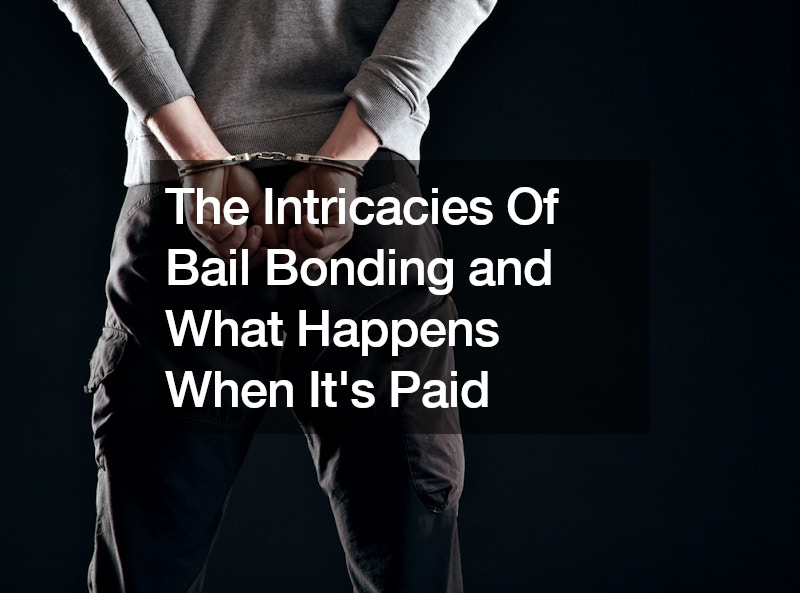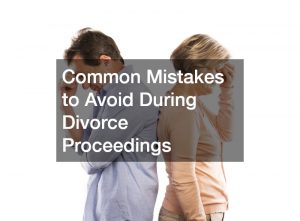Bail bonding plays a crucial role in the legal landscape, offering individuals an avenue to secure temporary freedom pending trial. When someone is arrested, a judge sets bail as a financial guarantee that the accused will return for their court dates. Bail bonding agencies facilitate this process by posting the required bail amount on behalf of the defendant, for a fee usually around 10% of the total bail.
This fee is non-refundable and serves as the bondsman’s compensation for assuming the financial risk.
Once bail is arranged and paid, the defendant is released from custody. However, this freedom comes with responsibilities. The defendant must adhere to specific conditions set by the court, such as attending all court hearings and not engaging in illegal activities. Failure to comply can result in the revocation of bail and re-arrest.
When the legal proceedings conclude—whether with a verdict or dismissal—the bail bonding agency’s involvement typically ends. If the defendant adheres to all court requirements, the bail is returned to the agency, and their contractual obligations conclude. Understanding these intricacies is vital for anyone navigating the legal system, ensuring clarity on what happens before, during, and after the crucial step of paying bail.
.







